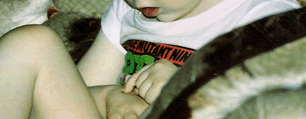
PlaNet www.pl.net
0800 752638
Planet Communications— delivering socially and environmentally conscious internet and media services since 1992.
HEALTH |
|
By Dr Brian Moench, truthout.org, 21 April 2012 Photo shows AutismAn
autistic child, by Cindy Seigle
On a recent front page of The Salt Lake Tribune, a frightening, oversized
headline read, "Highest rate in the nation, 1 in 32 Utah boys has autism."
Less well publicized, another national story ran the same day: "New pesticides linked to bee population collapse." If you eat food and hope to do so a few years from now, this should be equally frightening. A common denominator may underlie both stories.
 A recent Stanford University study, examining 192 pairs of twins, where one twin was autistic and one was not, found that genetics account for 38 percent of the risk of autism and environmental factors account for 62 percent.(1)
Suggesting an environmental and genetic tag team are other studies showing
mothers of autistic children and autistic children themselves have a high rate of a genetic deficiency in the production of glutathione, an antioxidant and the body's primary means of detoxifying heavy metals.(2) High levels of toxic metals in children are strongly correlated with the severity of autism.(3) Low levels of glutathione, coupled with high production of another chemical, homocysteine, increase the chance of a mother having an autistic child to one in three, according to Dr. Jim Adams,
director of Arizona State University's Autism/Asperger's Research Program.
That autism is four times more common among boys than girls is likely related to a defect in the single male X chromosome contributing to antioxidant deficiency. There is no such thing as a genetic disease epidemic because genes don't change that quickly.
|





